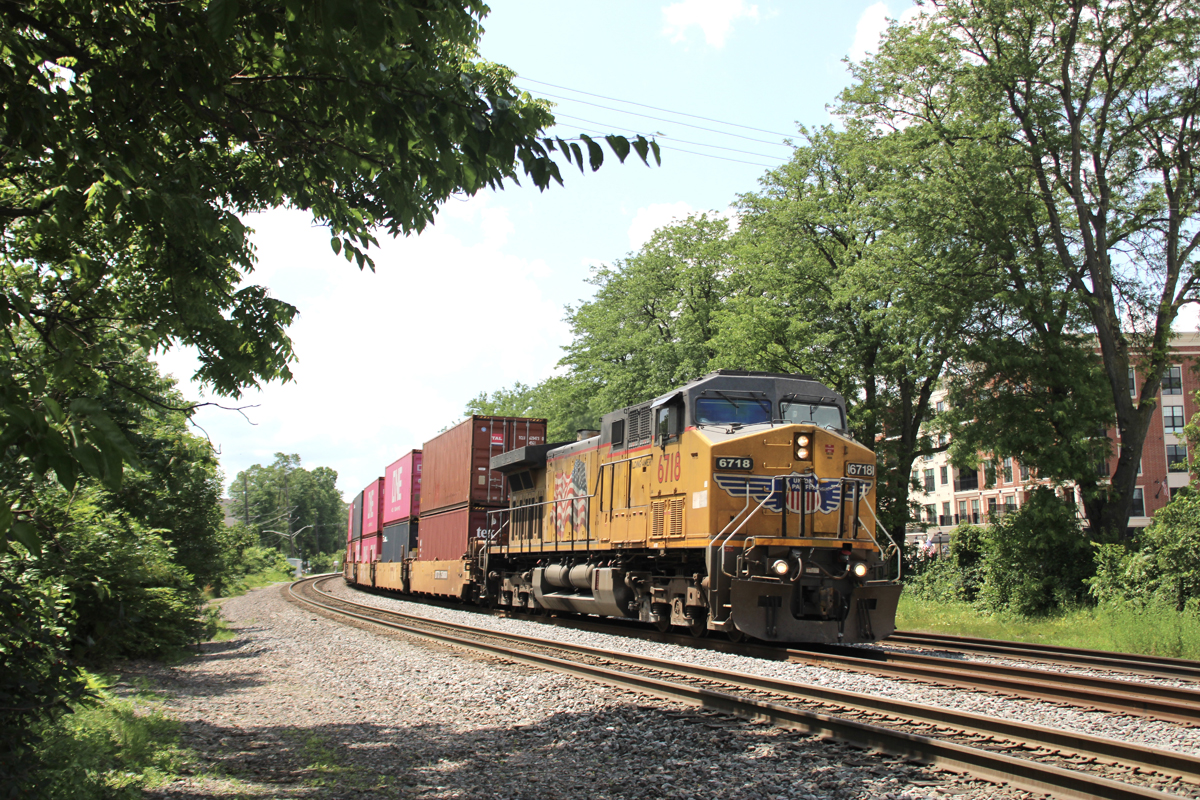
OMAHA, Neb. — When Jim Vena walked into the Union Pacific Center for the first time as CEO two years ago today, he was toting a black, spiral bound notebook that he takes everywhere.
Among the entries jotted on the back pages — where he lists ideas, priorities, and possibilities — was a single word, written in all caps: MERGER.
“I’d been thinking about this from the first day I came back as CEO,” Vena says, holding up the notebook during an interview this week.
Planning an unprecedented transcontinental merger wasn’t No. 1 on the list. Getting his safety, service, and operational excellence strategy rolling ranked ahead of scoring a deal with an Eastern railroad.
Vena says UP needed to show three things before crossing the merger bridge: That it could sustain service improvements and operate efficiently while maintaining a buffer of crews and locomotives to handle unanticipated events. “And the third thing is … ‘Is this better for America?’ That was one of the questions I asked myself,” Vena says.
“Absolutely it’s good,” he says. “Gives more options, faster service, better for the economy, better for industry. And if we truly reindustrialize, we’re going to be able to move those products in a much more efficient manner.”
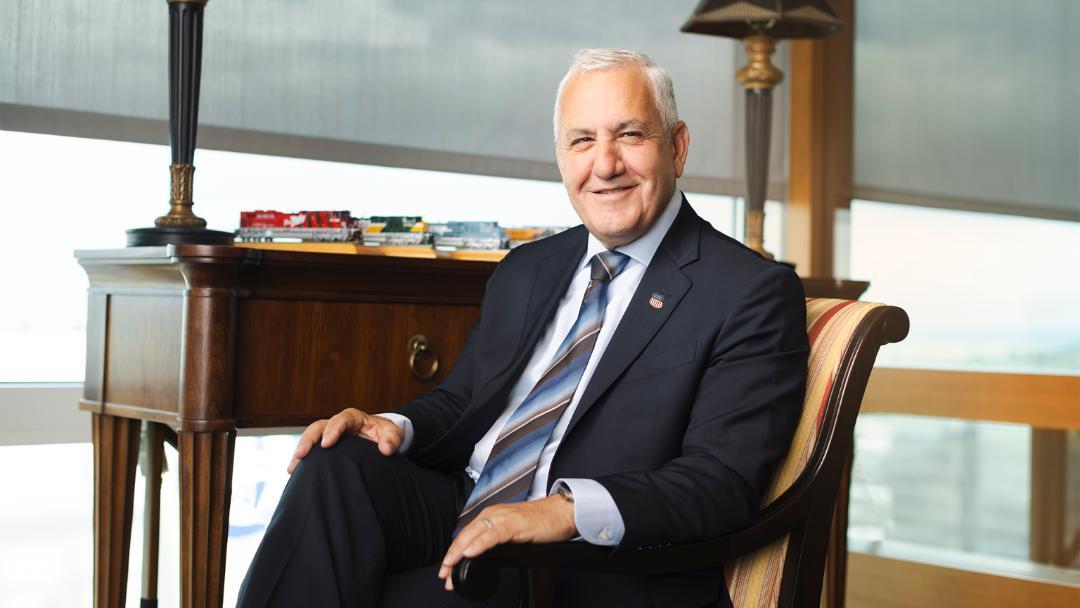
Two other questions followed: Would an end-to-end transcon merger be good for UP’s customers and employees? The answers were yes on both counts, Vena says.
UP is so confident that its proposed $85 billion acquisition of Norfolk Southern will generate growth that the railroad has promised to preserve all union jobs.
UP and NS estimate that their deal will produce more than $3 billion in merger-related revenue growth, which translates into 1.54 million additional loads annually by 2030, according to an analysis by Loop Capital Markets analyst Rick Paterson. That’s 9.9% volume growth over and above what UP and NS would expect to achieve separately.
The Surface Transportation Board’s tougher 2001 merger review rules have stymied a major Class I railroad merger. But Vena says the time is right for a coast-to-coast merger because trucking technology is advancing rapidly.
“You need to always look ahead. And sometimes I find people … still look backwards. You need to look backwards to learn from mistakes, and you think about what you need to do,” Vena says. “But … if you stand still, you get left behind.”
Vena sees autonomous trucks as a threat. Half of rail volume is intermodal business that could flow back to the highway if self-driving rigs become widespread and dramatically reduce trucking costs.
A merger, Vena contends, will improve the railroad’s competitive position by giving UP the ability to offer seamless, nationwide service.
Initial opposition
Proposing a merger is one thing. Getting it across the finish line is quite another. And since the UP-NS deal was announced on July 29, opposition has already sprung up from shipper associations, some rail labor unions, other railroads, and some elected officials.
“We expected it,” Vena says.
The National Transportation Industrial League says rail shippers won’t back the merger unless it’s accompanied by improvements in pricing, competition, and service. Trade groups for chemical producers, electric utilities, and agricultural shippers have said that prior megamergers have hurt service and competition while giving railroads too much leverage over their customers.
“Associations were going to come out against it. That’s normal,” Vena says. “I don’t deal with associations … I deal with our customers that pay us to move their products.”
Vena and Kenny Rocker, the railroad’s executive vice president of marketing and sales, have spoken with 200 customers so far and have meetings scheduled next month with the railroad’s top 100 customers.
Some customers back the merger, others are on the fence, and some oppose it, Vena says. The goal of the talks will be to go over the merger in detail and explain why it will benefit customers, he says.
The largest rail labor union, SMART-TD, skewered the merger proposal along with UP’s safety record, strategies, operations, and labor relations practices. The Brotherhood of Locomotive Engineers and Trainmen said it was premature to reach any conclusions, but said they would take every step to protect members.
Vena, who began his career in the union ranks as a brakeman for Canadian National, says the railroads will meet with rail labor leaders next month. “Sometimes the unions look at themselves, instead of looking at the employees that they represent,” Vena says.
“Our employees, both at Norfolk Southern and at Union Pacific, are very important to us,” Vena says. “And that’s why we guaranteed them a job through this whole process. If you have a job the day this deal gets approved, you have a job for life.”
The railroads also expected that some politicians, like Senate Minority Leader Charles Schumer, would speak out against the merger before learning the details.
“We’ll work through it here in the next couple of months,” Vena says. “ I’ve got a lot of work to do to tell the story properly.”
A Recipe for Trouble?
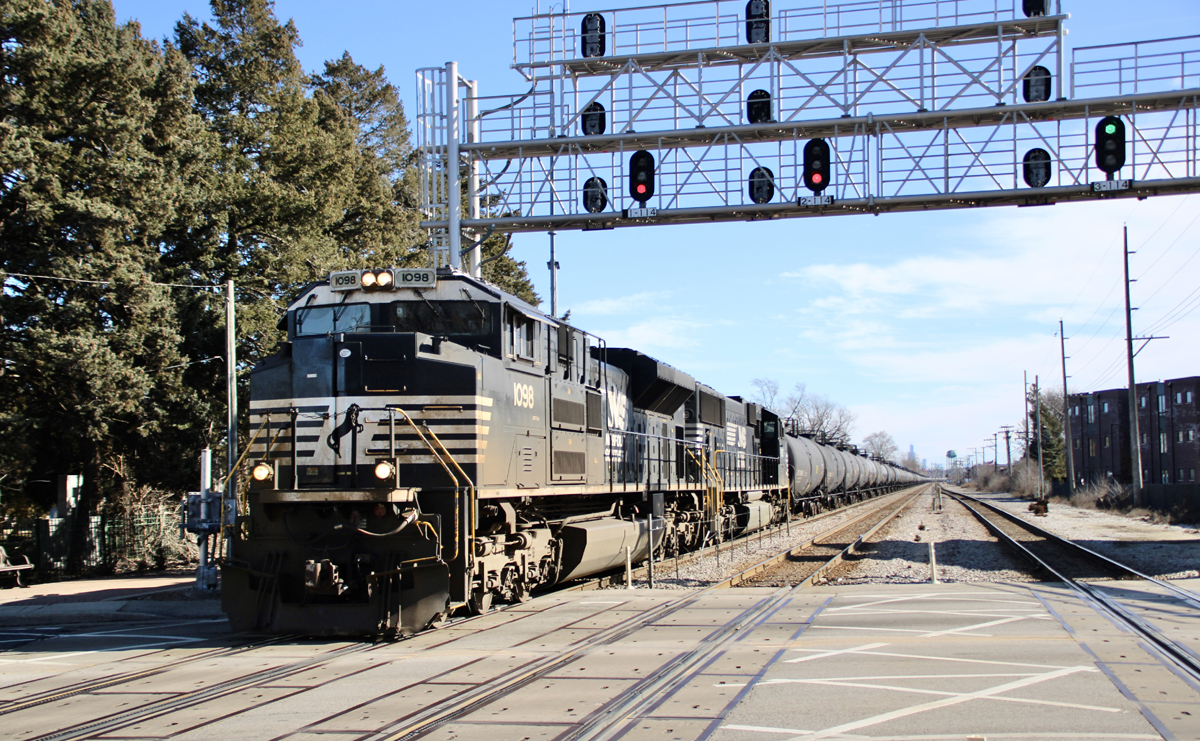
Canadian Pacific Kansas City CEO Keith Creel warned last month that the UP-NS combination posed the risk of a nationwide service meltdown. Past mergers — including CPKC’s and the 1999 Conrail split — were dogged by information technology glitches. Poor operating decisions following the UP-SP merger of 1996, meanwhile, created a massive rail traffic logjam in 1997-98.
Vena’s aware of the history.
“ I don’t want to be judged by what happened 30 years ago,” he says. “I want to be judged on what capability we have at Union Pacific now and how we’re operating and what kind of railroad and what kind of management team we have — and whether we’re smart enough to understand the perils that you get yourself into if you move too fast to consolidate a big, important company like Norfolk Southern into the UP family.”
UP and NS have pledged a smooth integration. Last year UP had a trouble-free cutover to its cloud-based NetControl computer system, which handles everything from rail car inventory and scheduling to waybill processing and train, locomotive, and terminal management.
Vena says he will stay on another five years to see the merger through. “I don’t want somebody else to wreck it for me,” he says.
On to the STB
UP and NS aim to move as quickly as possible through the merger review process. Although the railroads told the STB they would file their merger application on or before Jan. 29, 2026, Vena is pushing for the application to be completed within three months or so. That would mean the application could arrive as early as Oct. 29 — and start the review clock ticking.
Once the merger application is accepted, the board will take roughly 12 months to review the proposal. STB Chairman Patrick Fuchs has said that streamlining board processes and meeting deadlines are priorities.
“The STB, after we put the application in, has a year to gather information — a year! My God, the Romans built the Coliseum faster,” Vena jokes, noting the railroads will urge the STB to issue a decision within a year.
“And we’re going to push hard on that,” Vena says.
The STB’s 2001 merger review rules are untested. They require railroads to show that their merger will be in the public interest and enhance competition — not merely preserve it.
CPKC’s Creel argues that enhancing competition should mean that UP will have to open sole-served facilities to other railroads. UP and NS are expected to offer some sort of remedy for the nearly 20 customer locations that they jointly serve. But the railroads don’t believe Canadian-style interswitching is warranted because tying the UP and NS systems together will boost competition by offering shippers far more single-line service options.
Vena says the real competitor is the highway — not other railroads — and that UP will give shippers more options by building a bigger, better network. And much of UP’s rail-dependent traffic, like soybeans, competes in global markets. “If we price it wrong, we lose the business,” he says.
The competitive landscape has changed dramatically since the merger rules were drawn up to discourage further consolidation in the industry. In 2001, railroads were in growth mode. But traffic peaked in 2006 and railroads are losing share to trucks. UP and NS believe the STB will review their deal in the context of changing times.
“The people at the STB are smart,” Vena says. “They see the future, and they see that the future says railroads need to change … And if railroads don’t change, then they will continue to lose business.”
The 2001 rules also encourage railroads to forge commercial alliances rather than pursue mergers. The railroads say alliances may work in a specific lane — like the joint CN-UP-Ferromex Falcon Premium intermodal service — but that they cannot address hundreds of origin-destination pairs systemwide.
”Alliances don’t work,” Vena says.
‘Make Chicago work’
Today Union Pacific and Norfolk Southern exchange roughly a million carloads per year, or 6% of their combined volume. As each other’s largest interchange partners, they swap traffic at six gateways where their networks touch: Chicago, Kansas City, St. Louis, Memphis, Shreveport, La., and New Orleans.
As a single network, these gateways become seamless through routes rather than friction points, shaving as much as 48 hours off carload transit times. And that means that the merger, if approved, would funnel switching work and some through traffic out of Chicago.
But Vena says it’s unlikely that there will be massive swings of volume away from the Railroad Capital, a chronic chokepoint where 25% of North American rail traffic originates, terminates, or passes through. “I don’t see a wholesale change that we’re going to move everything out of Chicago and go straight to Kansas City,” Vena says.
Rather, he says the merger will smooth Chicago operations by simply turning it into just another crew change point. Chicago is a natural hub for east-west traffic because the shortest, fastest rail routes converge on the city.
It makes no sense to reroute traffic away from Chicago if it means more miles and additional time. “That’s a lot of money spent on fuel, crew costs, wear and tear on the rail, everything else, because you want to stay away from Chicago,” Vena says. “Make Chicago work.”







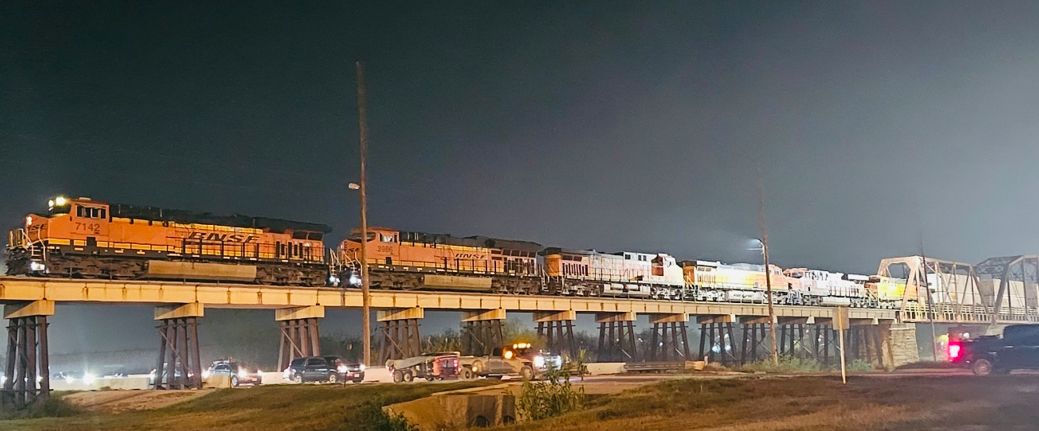
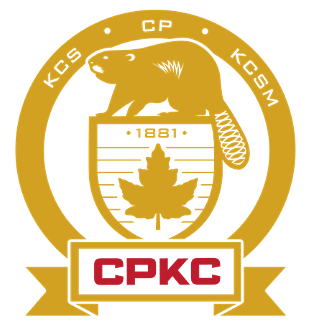
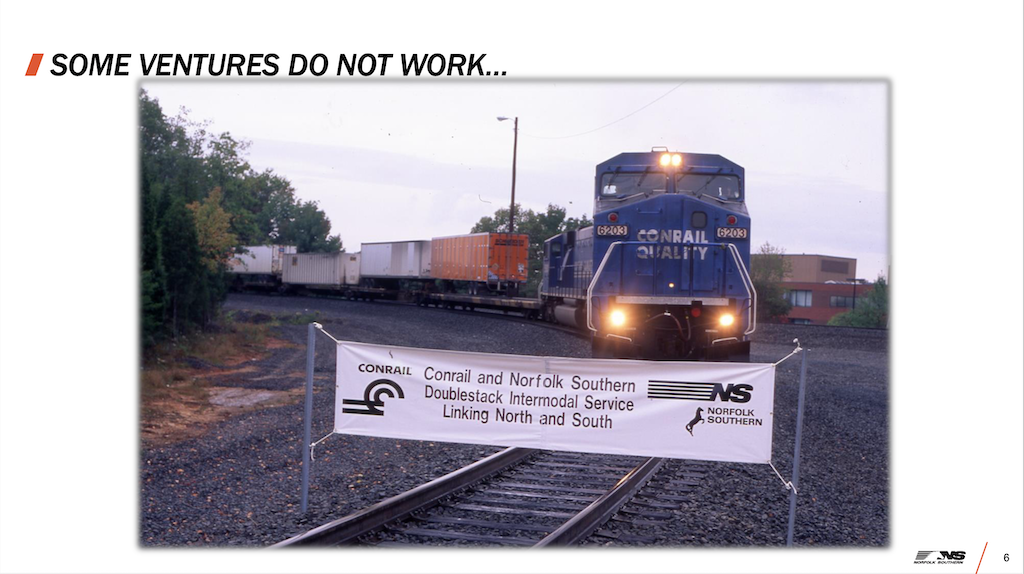
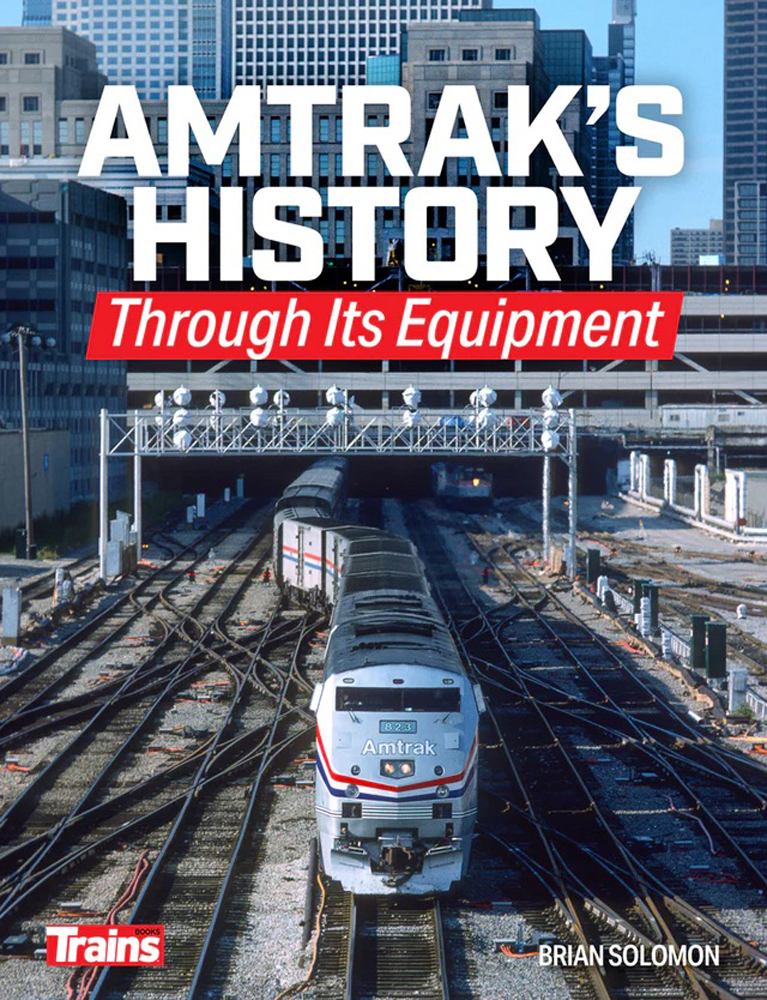
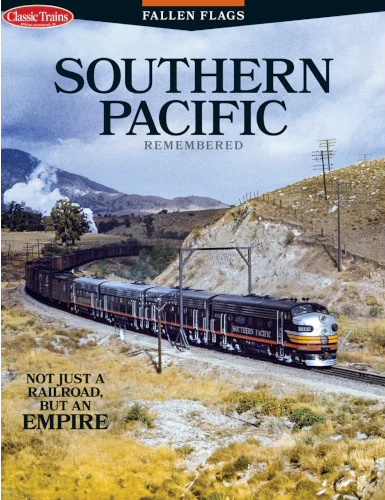
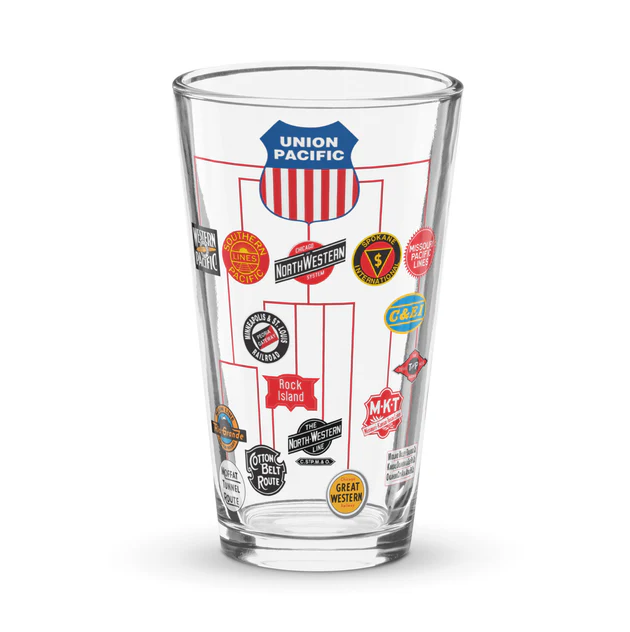
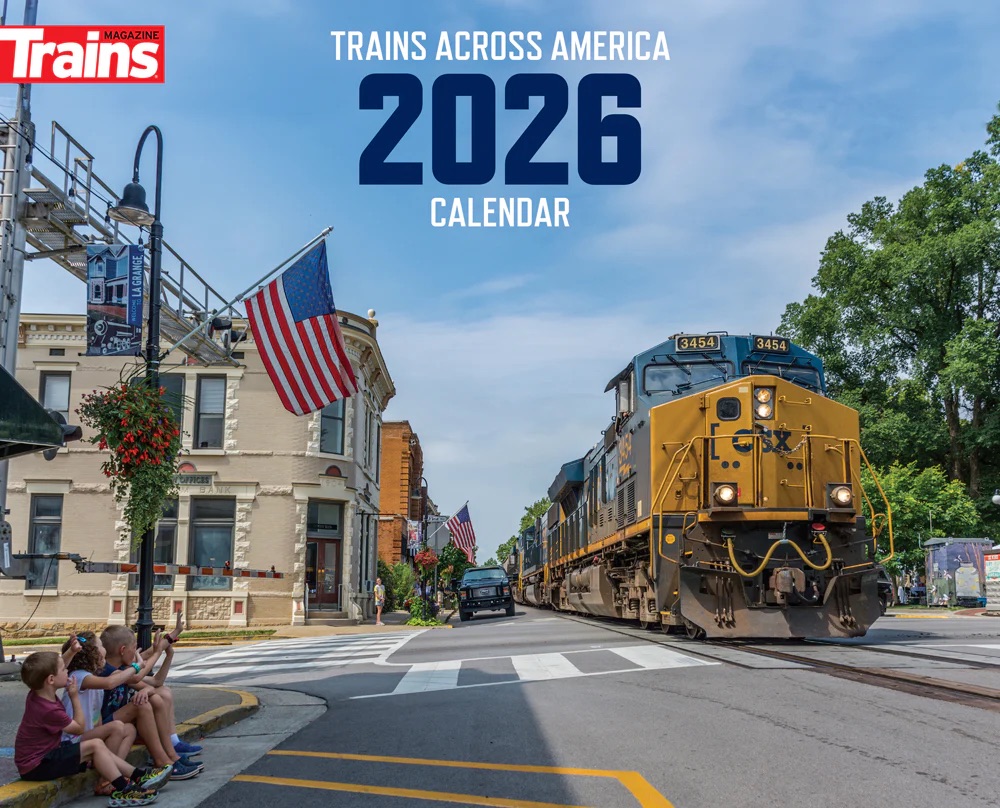
“Make Chicago work” is a great catch phrase. A merger is not the only solution, and probably not the best one. A better solution would be for the railroad execs to actually work at running their railroads so interchanges can happen smoothly and in a more timely fashion.
I seem to recall that about 60-70 years ago something like four or five railroads cooperated to compete with a single line service between the NE and Chicago. It can be done, and was done. I think it was informally dubbed the Alphabet Lines. Interchange will continue to be a fact of life, unless widespread reciprocal running rights are granted, no merely local reciprocal switching.
If the merged company claims it will enable them to run straight through, there is no physical reason it can’t be done right now. That is a management problem.
Customers want commercial [rates] access to two RRs. Vena will accept Reciprocal Switching, and customer opposition will vanish, He comes from an environment where it has worked since implementation in 1900.
Railway Age had a detailed article including an interview with Vena wherein he offered astounding hyperbole on a variety of topics, including freight car dwell time in Chicago. Vena claimed 2-3 days when the NS CEO, the CREATE admin, and UP’s operations chief all agreed it was 12-18 hours almost always.
NS states should prep for massive layoffs if this Penn Central-like combination occurs. Skilled workers, shops, and labor in PA, NJ, VA, KY, IL, OH, MI, IN, TN will undoubtedly be slashed as is the UP way.
There will be no open access or reciprocal switching unless someone wants to pay for rails they do not own or maintain. I would expect that kind of response from Keith Creel since he is always in the game to get something for nothing, the usual tactic of the smallest operators who have huge debt and no ready cash to cover such costs… If CP would have had to follow the 2001 rules like everybody else, KCS would either be in CN hands or still a separate railroad…
“Make Chicago work.” An influential and catchy phrase…
Dr. Güntürk Üstün
Great choice of article photos! I have family in Glen Ellyn!
The cocktail napkin “vision” that Jim Vena kept in his spiral notebook is less a masterstroke and more a rehash of merger tropes we’ve heard for decades. While I can agree that synergies — particularly in eliminating interchange delays — are real, the idea that this transcontinental marriage will inherently deliver public benefits remains unproven.
Vena frames autonomous trucking as an existential threat and suggests that the UP–NS merger is the defensive answer. The problem? Truck-to-rail diversion has never occurred in meaningful volumes unless trucking becomes more expensive relative to rail. It’s not happening now because one key cost — the maintenance of way — is hidden inside a taxpayer subsidy called the Interstate Highway System. Trucks roll on “free” infrastructure while railroads maintain every mile of their own right-of-way. Until the U.S. tolls the Interstate network, the cost equation will remain skewed, and rail will keep losing share to highway carriers regardless of how big the network map gets.
Vena assures us the deal is “better for America,” but the record of megamergers suggests otherwise. Efficiencies tend to be internalized — enhancing EBITDA for shareholders — without reducing rates or improving service for shippers. The 2001 STB merger rules require proof of enhanced competition, not just expanded single-line service. Unless UP and NS are willing to grant open access or robust reciprocal switching, this deal risks entrenching market power rather than broadening choice.
Vena dismisses the operational failures of UP–SP and Conrail-era meltdowns as ancient history. But those disruptions weren’t just technical flukes; they were the result of organizational strain, culture clashes, and overambitious integration timelines. Declaring “we’ve learned” doesn’t erase the systemic risks of folding a 19,000-mile railroad into another 32,000-mile carrier under live traffic conditions.
By painting trucking as the only real rival, Vena sidesteps the fact that in many markets the primary competition is another railroad. In those places, the merger eliminates head-to-head options. CPKC’s Keith Creel is right to warn that without safeguards — including potential facility access for competing carriers — this combination could reduce competitive tension in key corridors.
Chicago is my home town. Vena says “Make Chicago work,” implying a smooth flow through one of the continent’s worst chokepoints. But history tells us that any surge in volume through Chicago without significant infrastructure investment just compounds congestion. No merger automatically fixes 150 years of terminal complexity.
Vena’s narrative — as reported — is a polished sales pitch heavy on inevitability and light on market mechanics. The Surface Transportation Board will need more than slogans and “trust us” assurances. They’ll need enforceable conditions that address competitive access, pricing transparency, and the real structural disadvantage rail faces against publicly subsidized trucking. Without that, this merger is just another exercise in network control dressed up as national progress.
Glen Ellyn… A vibrant train town to live.
Dr. Güntürk Üstün
Yes, a polished sales pitch. Not sure what you would expect from a person in his position or the fact he has lawyers, consultants and accountants already doing the heavy lift. You expecting The house is going to burn down if we do this is the response?
..
Yes, it will take a lot to make this work and there will problems. The problems will probably not come with guys and gals making the trains move but maybe from the IT folks as CPKC learned months after the merger when they finally committed to running under one computer system.. Kinda funny how that works.
..
My bet it pays off. I’m still at loss on how it can’t be better or why it didn’t happen sooner. Any other transport mode of goods would not have Chicago and when they do you generally don’t know. Want to get a UPS package from Raliegh, NC to say Salt Lake City, UT. Same company, same uniform, infrastructure under one ownership, one bill, and one tracking number. Want a truckload of pipe from Georgia to Montana you would call a broker and one truck, one waybill and probably a nifty app telling you were the truck and a reliable ETA is at to boot. Heck, I can’t remember the last time I flown two airlines in the US to get somewhere.
Well, trucks do pay road use taxes and railroads are forever getting grant (free) money. Need to put that into your calculations.